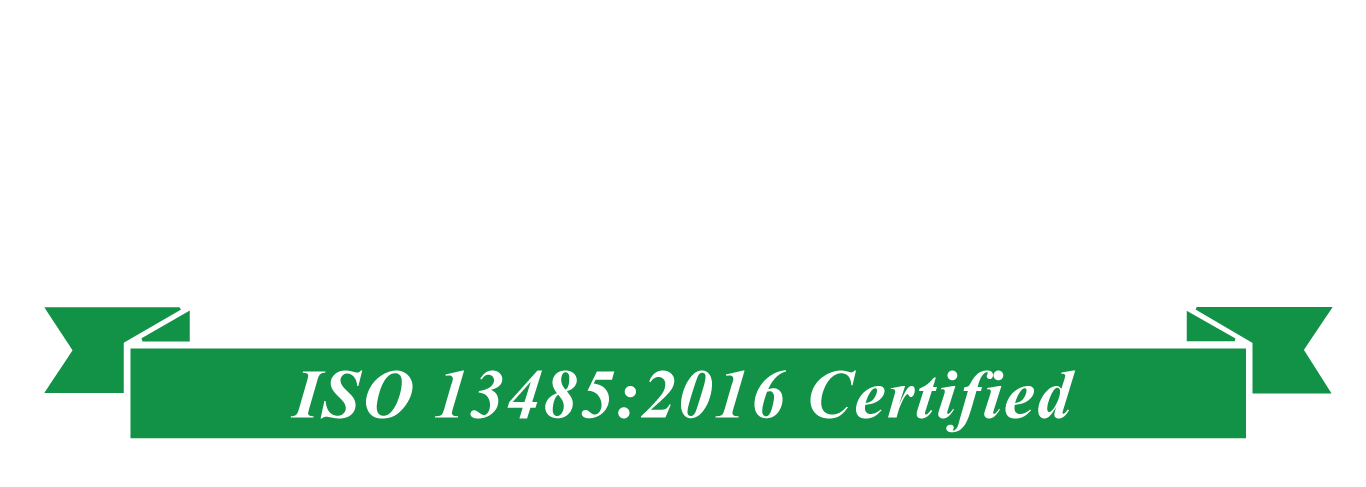In modern healthcare, efficient clinical asset management plays a pivotal role in ensuring operational excellence, reducing costs, and enhancing patient care. As hospitals and healthcare facilities grow in size and complexity, managing thousands of clinical assets — from ventilators to infusion pumps and patient monitors — becomes a massive challenge. This is where data-driven clinical asset management can revolutionize the way healthcare systems operate, offering significant improvements in asset utilization, maintenance, and ultimately, patient outcomes.
The Challenge of Clinical Asset Management
Healthcare facilities typically house a vast inventory of clinical assets, but the management of these assets can often be disjointed, leading to inefficiencies such as:
- Underutilization of equipment: Without proper tracking and analysis, healthcare providers often end up purchasing or renting more equipment than needed, leading to increased costs.
- Equipment downtime: Unexpected failures and breakdowns can leave crucial devices out of service, impacting patient care.
- Inaccurate inventory: Outdated or incomplete asset data can make it difficult to locate or track devices when they are needed most.
- Compliance risks: Medical equipment must meet stringent regulatory standards, requiring regular maintenance, updates, and inspections. Poorly managed asset data can result in compliance failures, which may compromise patient safety or lead to legal issues.
Addressing these challenges requires a data-driven approach, where insights derived from data allow healthcare organizations to streamline their processes, optimize the use of clinical assets, and ensure regulatory compliance.
The Benefits of a Data-Driven Approach
By leveraging data analytics and advanced technologies like the Internet of Things (IoT) and artificial intelligence (AI), healthcare systems can move from reactive asset management to a more proactive and predictive model. The key benefits include:
- Enhanced Asset Visibility and Utilization
Data-driven systems provide real-time visibility into the location and status of each clinical asset. With detailed usage data, healthcare providers can determine which equipment is underutilized or in high demand, ensuring that resources are allocated optimally. For instance, an infusion pump that has been sitting idle can be redeployed to a department with higher demand, reducing unnecessary purchases and improving efficiency.
- Predictive Maintenance
Leveraging IoT sensors and data analytics, healthcare facilities can predict when a piece of equipment is likely to fail or require maintenance. Instead of waiting for equipment to break down, predictive maintenance ensures timely interventions, minimizing unplanned downtime and extending the lifespan of clinical assets. This is particularly important for critical equipment such as ventilators or imaging machines, where failures can have a direct impact on patient outcomes.
- Cost Savings
By improving asset utilization and reducing unnecessary purchases, healthcare systems can significantly cut down on capital expenses. Additionally, predictive maintenance reduces costly emergency repairs and unplanned outages, further driving down operational costs. Data-driven asset management also helps in negotiating better service contracts with vendors, based on actual asset usage and maintenance requirements.
- Improved Patient Care
A well-maintained and properly utilized inventory of clinical assets ensures that patients receive timely care with minimal delays. With real-time insights into equipment availability and condition, healthcare professionals can focus on delivering quality care instead of wasting time searching for functional devices. In critical care situations, having the right equipment ready and functioning can make a life-saving difference.
- Regulatory Compliance
Compliance with healthcare regulations is a critical concern for any healthcare facility. Data-driven systems can automatically track and log equipment maintenance and inspections, ensuring that all clinical assets meet required standards. This reduces the risk of non-compliance, helping to avoid penalties and ensuring patient safety.
- Streamlined Workflow
With comprehensive asset data at their fingertips, hospital staff can streamline their workflows and eliminate inefficiencies. For example, nurses and technicians can quickly locate available and functional equipment, reducing wait times and enhancing patient flow through the hospital. Automated alerts and dashboards can also notify staff when equipment requires attention, ensuring that nothing falls through the cracks.
Implementing Data-Driven Clinical Asset Management
For healthcare organizations looking to implement data-driven clinical asset management, several steps are crucial:
- Asset Tracking Systems: Implementing RFID tags or IoT sensors on clinical assets allows for real-time tracking of location and usage. These systems feed data into a central management platform, giving decision-makers instant access to comprehensive asset information.
- Integration with Existing Systems: The clinical asset management system should be integrated with electronic health records (EHR) and other operational systems to ensure seamless workflow and data sharing. This integration enables better decision-making and a holistic view of both patient care and resource management.
- Data Analytics and AI: Advanced analytics tools can process the large amounts of data generated by clinical assets, providing actionable insights into trends and patterns. AI-powered algorithms can predict maintenance needs and suggest optimization strategies based on asset performance data.
- Training and Change Management: Adopting a data-driven approach requires a cultural shift within the organization. Staff need to be trained on new systems, and change management strategies should be put in place to ensure smooth adoption and ongoing success.
The Future of Clinical Asset Management
As healthcare continues to evolve, the importance of data-driven asset management will only grow. Emerging technologies such as artificial intelligence, machine learning, and blockchain have the potential to further transform the field, offering even more precise insights and automation. With continuous advances in IoT, more and more clinical devices will be connected, generating real-time data that can be used to optimize healthcare delivery and asset management.
By adopting data-driven clinical asset management strategies, healthcare organizations can not only reduce operational inefficiencies and cut costs but also improve the overall quality of care. In a sector where timely and effective resource management can save lives, embracing this technological transformation is more important than ever.
Conclusion
Data-driven clinical asset management is no longer a luxury but a necessity for healthcare systems striving to enhance patient outcomes and operational efficiency. By leveraging the power of data and analytics, healthcare providers can ensure that their clinical assets are optimally used, well-maintained, and fully compliant with regulatory standards. Ultimately, this shift promises to improve both the financial health of healthcare organizations and the quality of care delivered to patients, making it a vital part of the future of healthcare.


